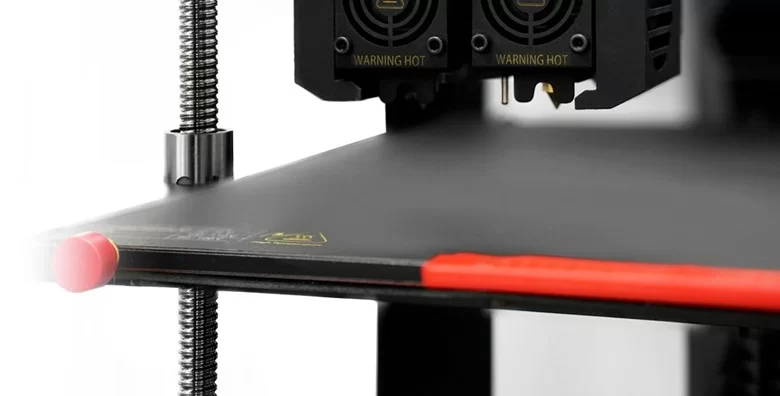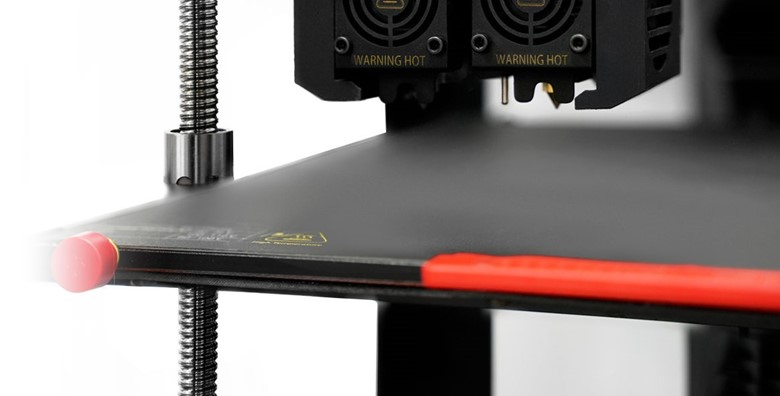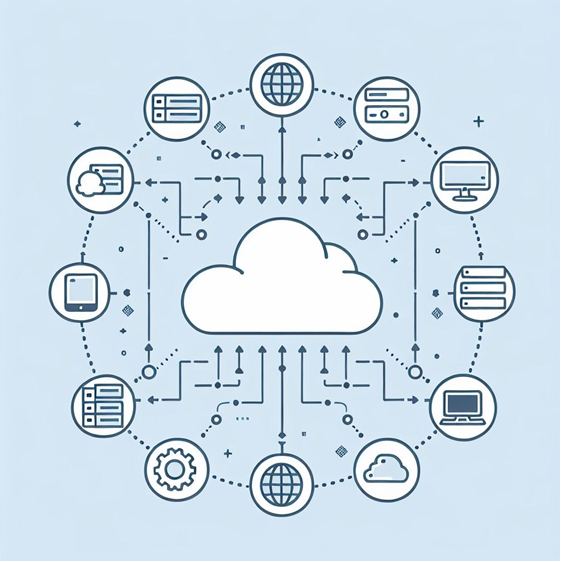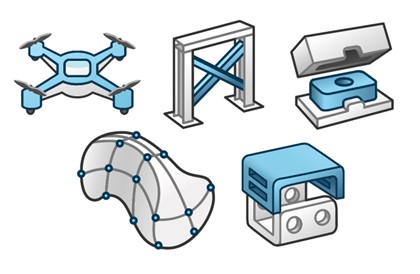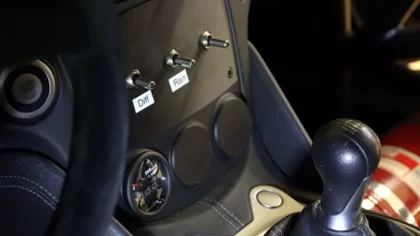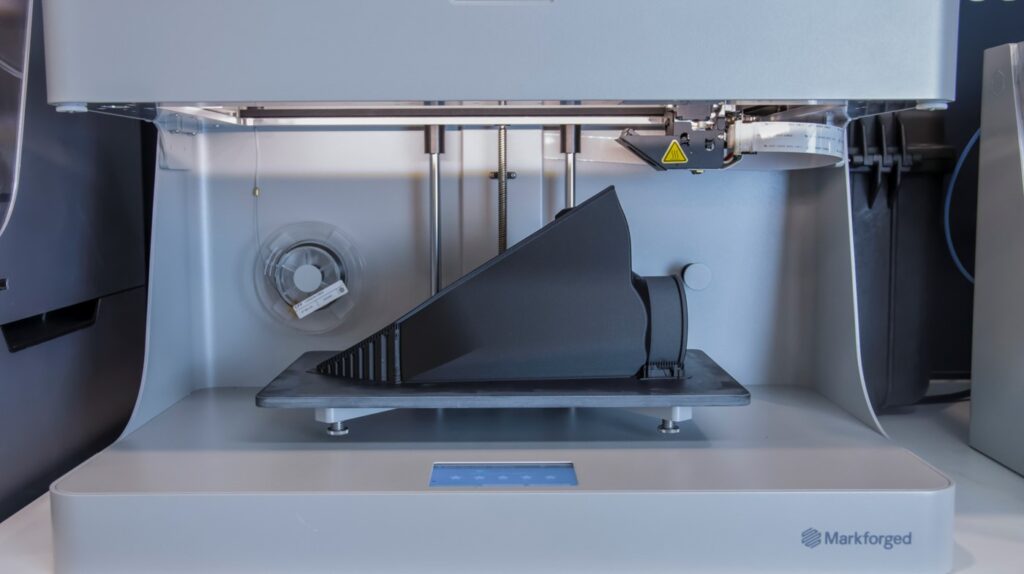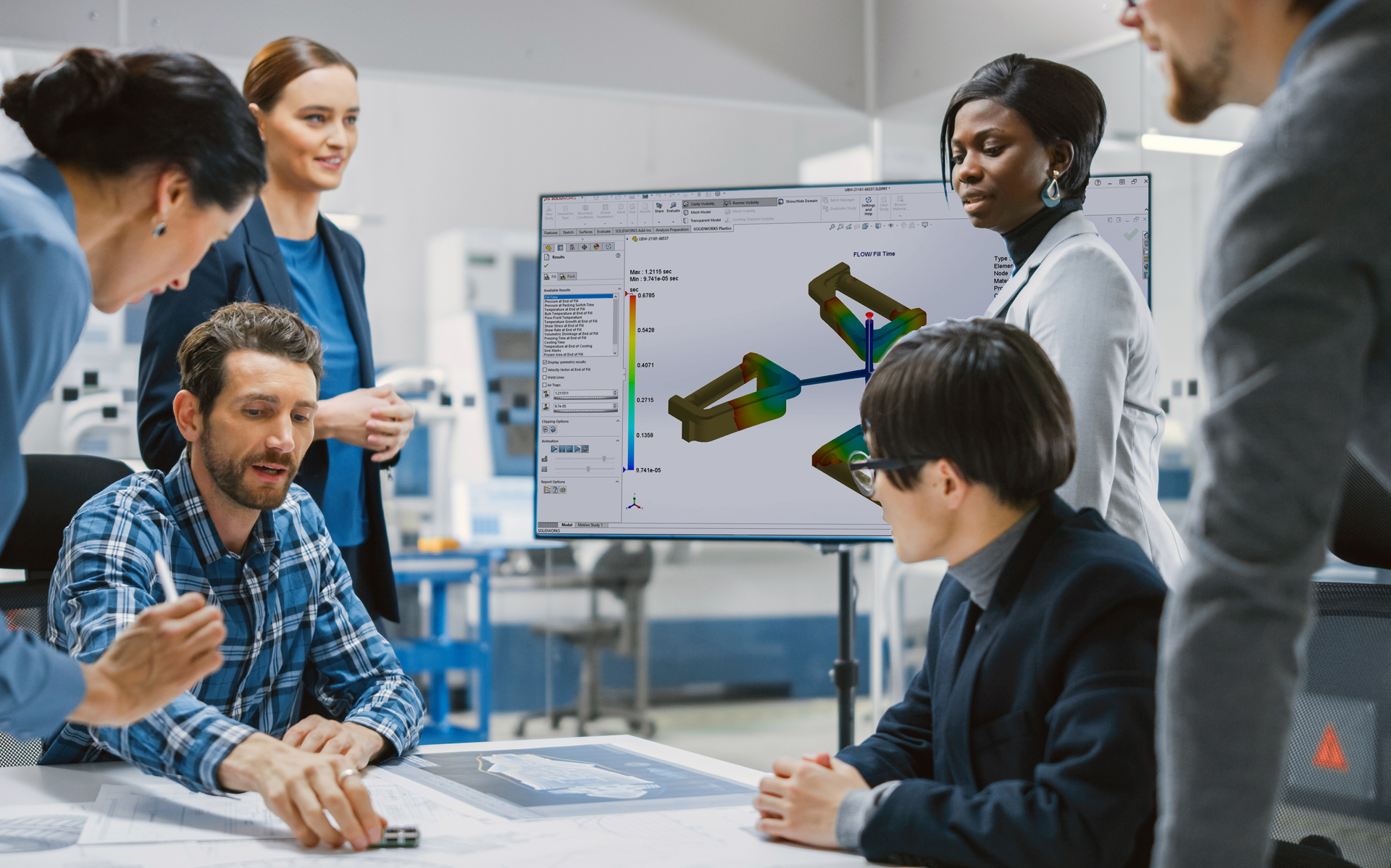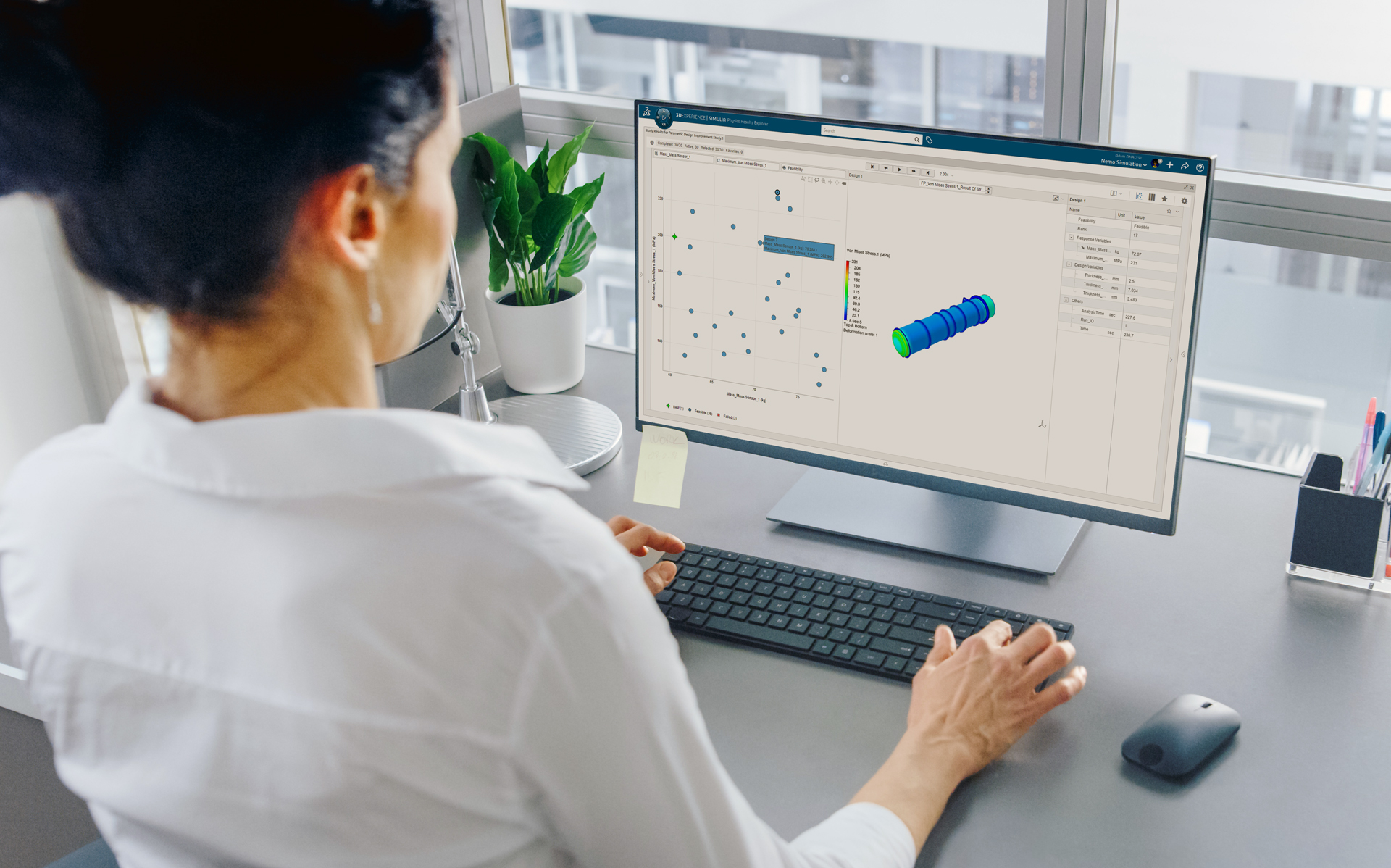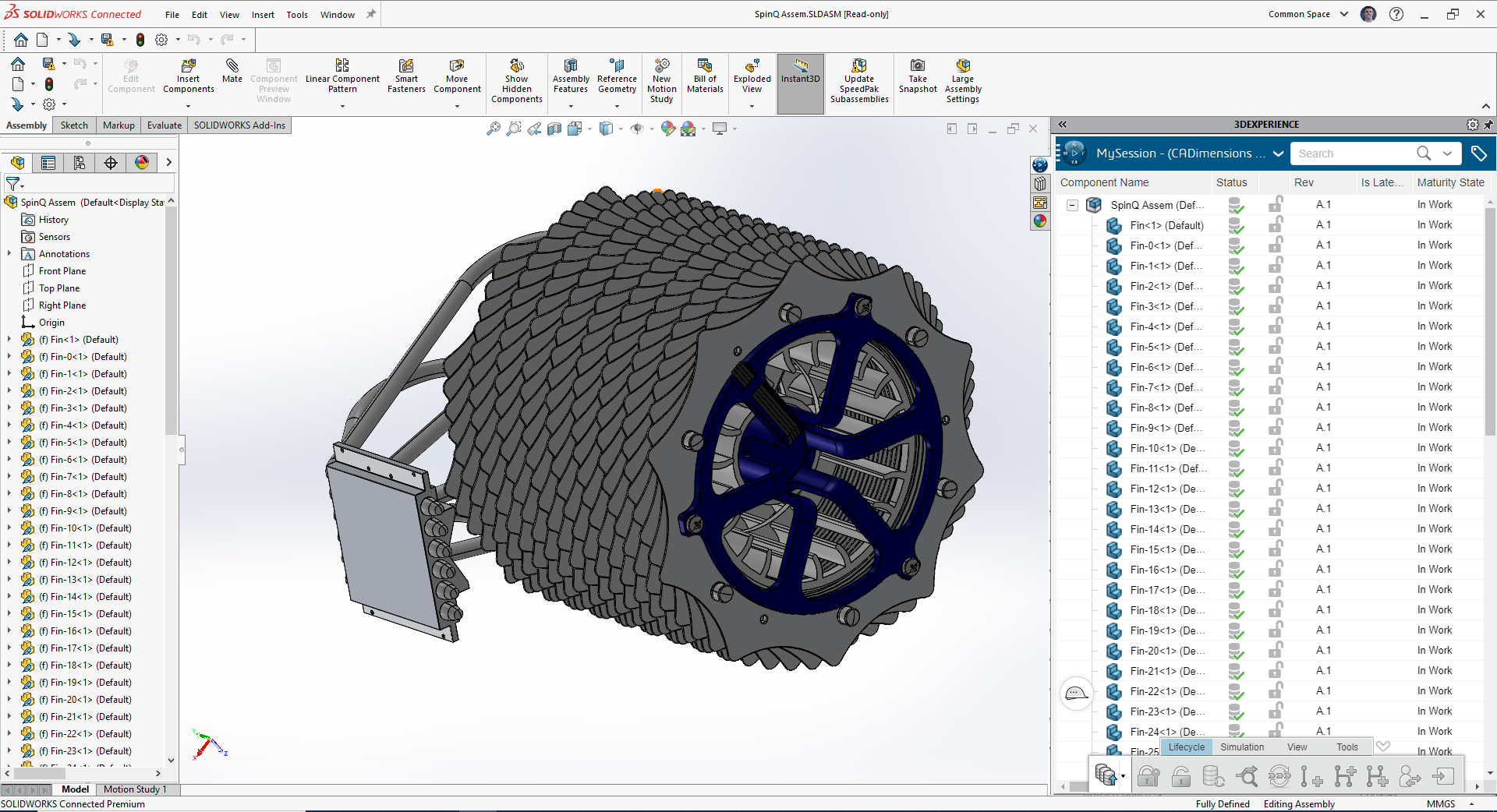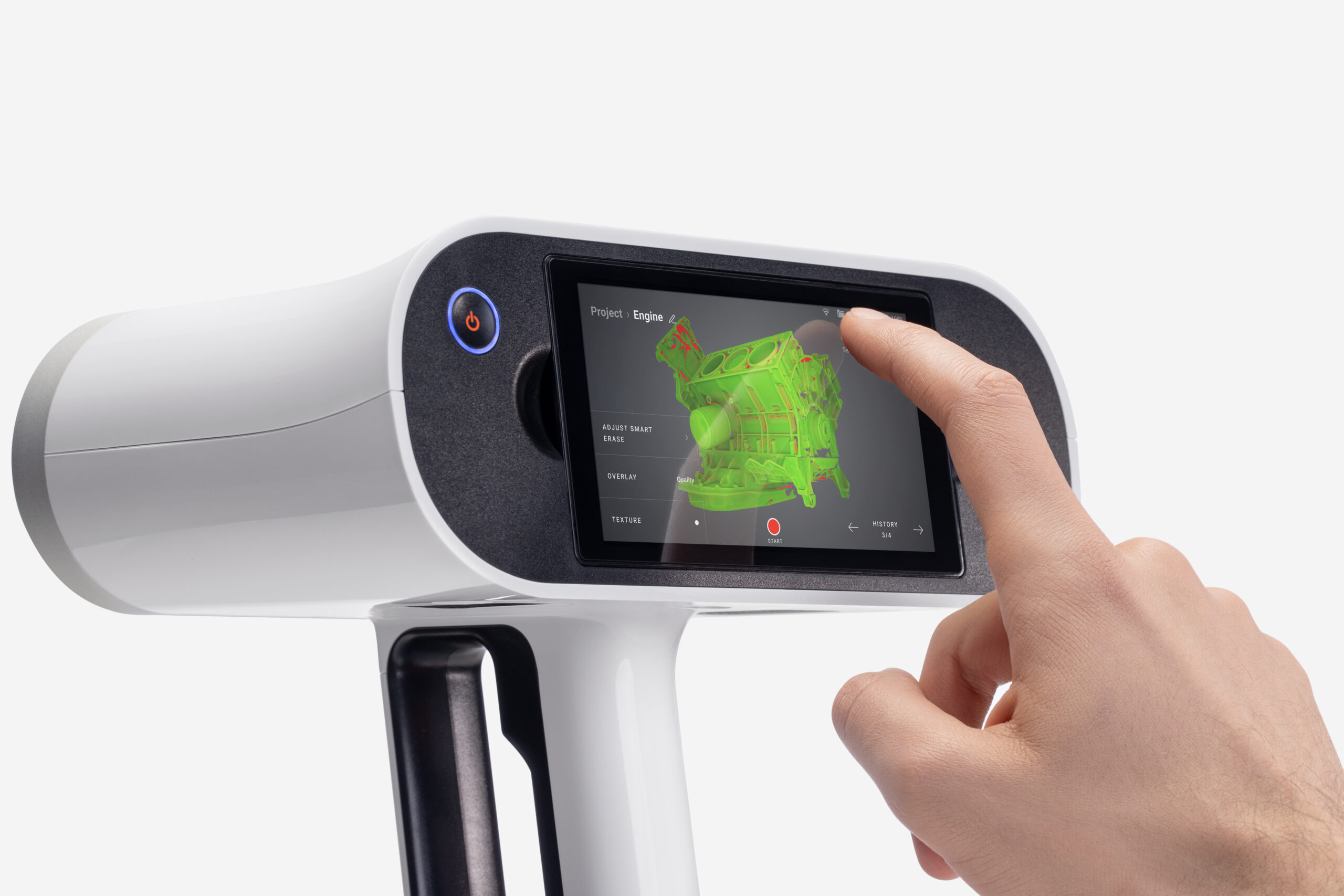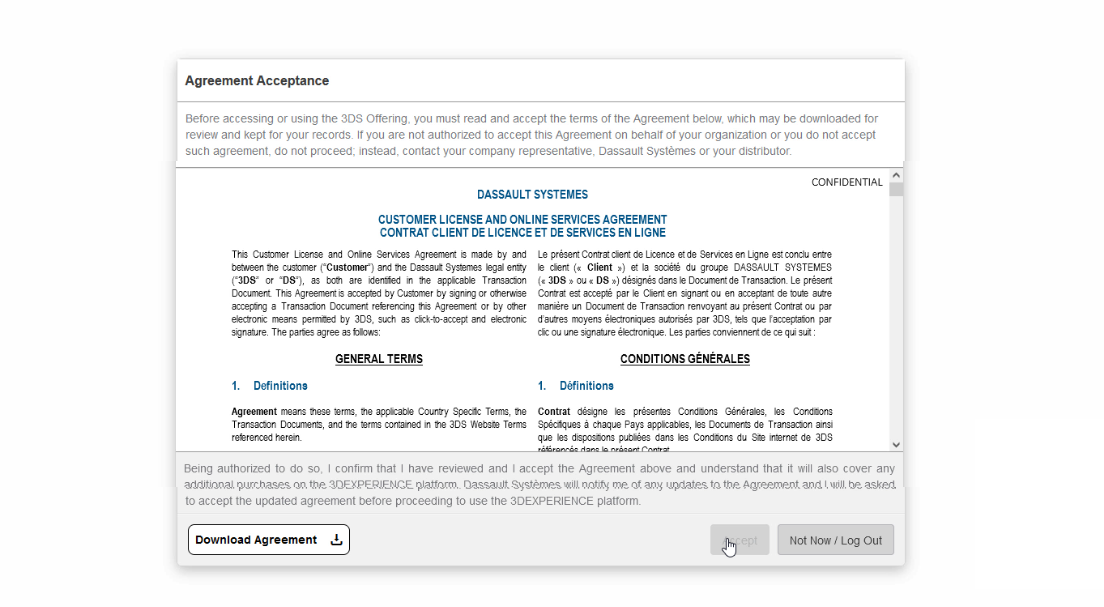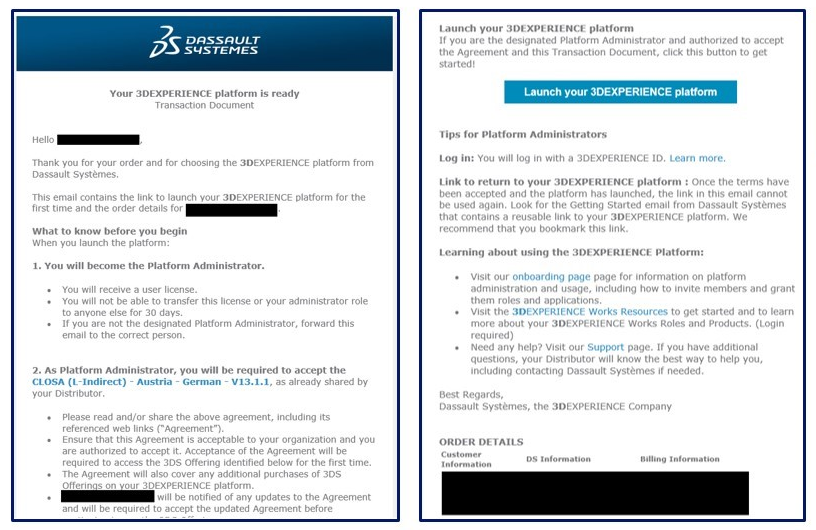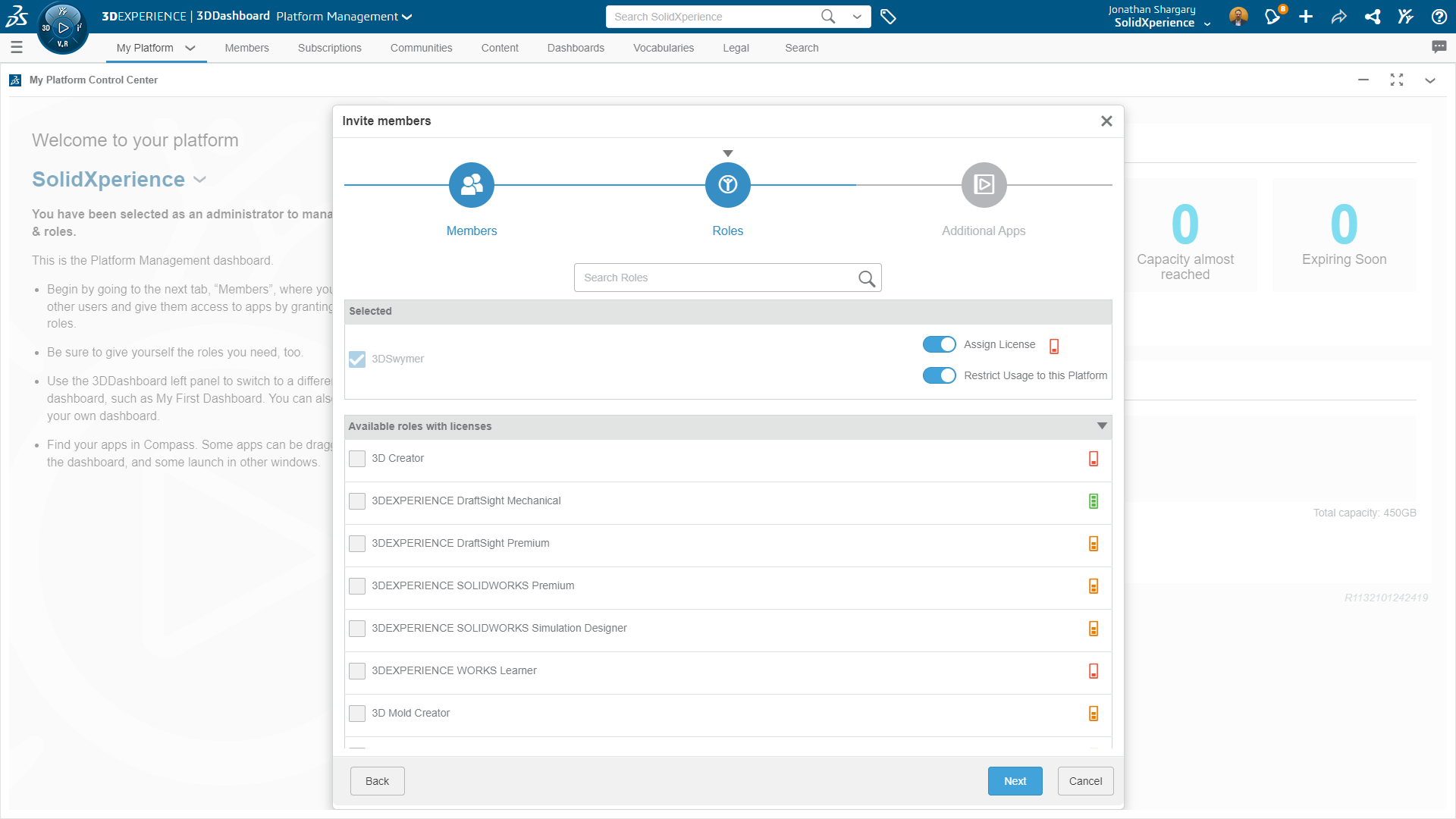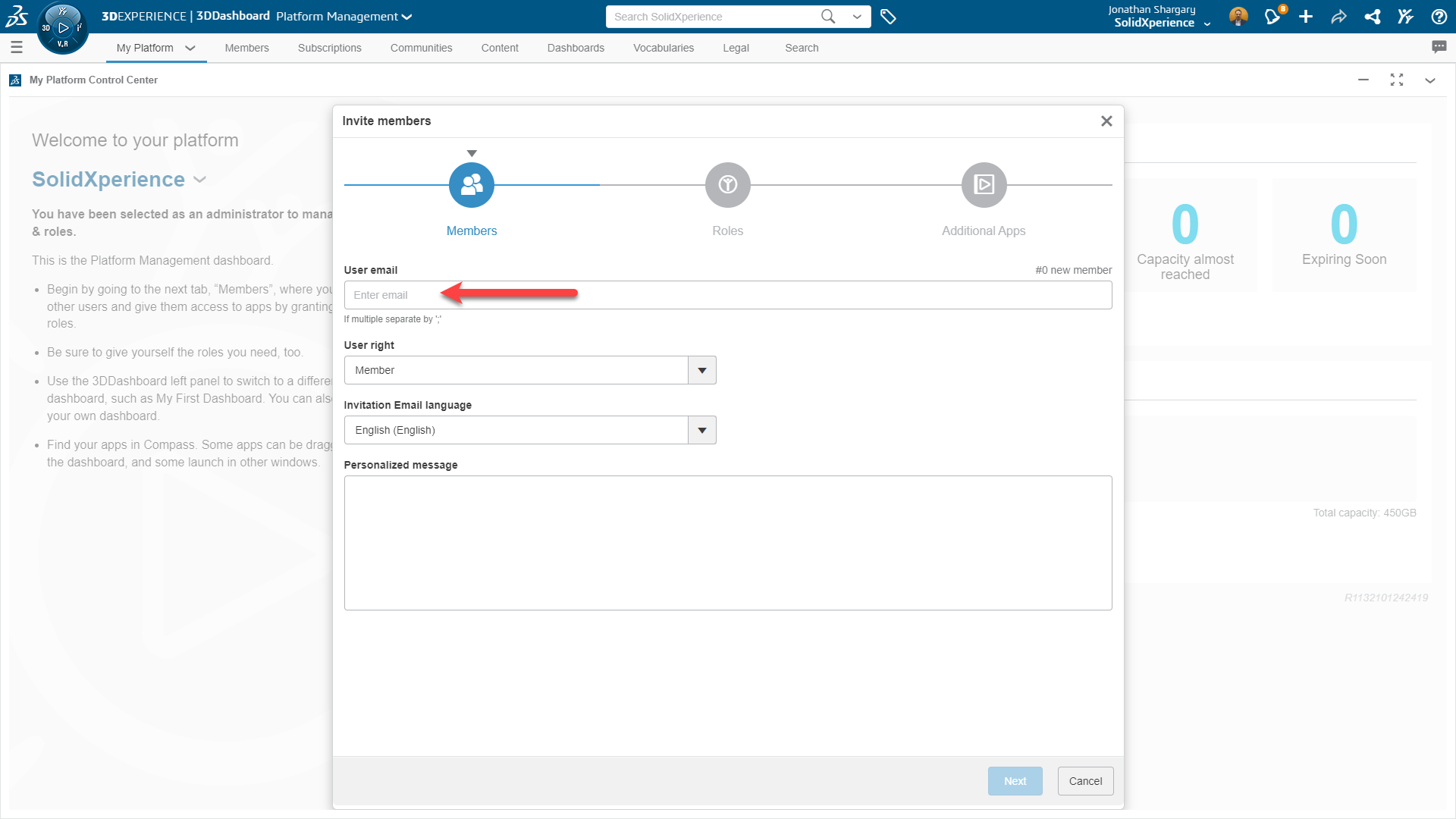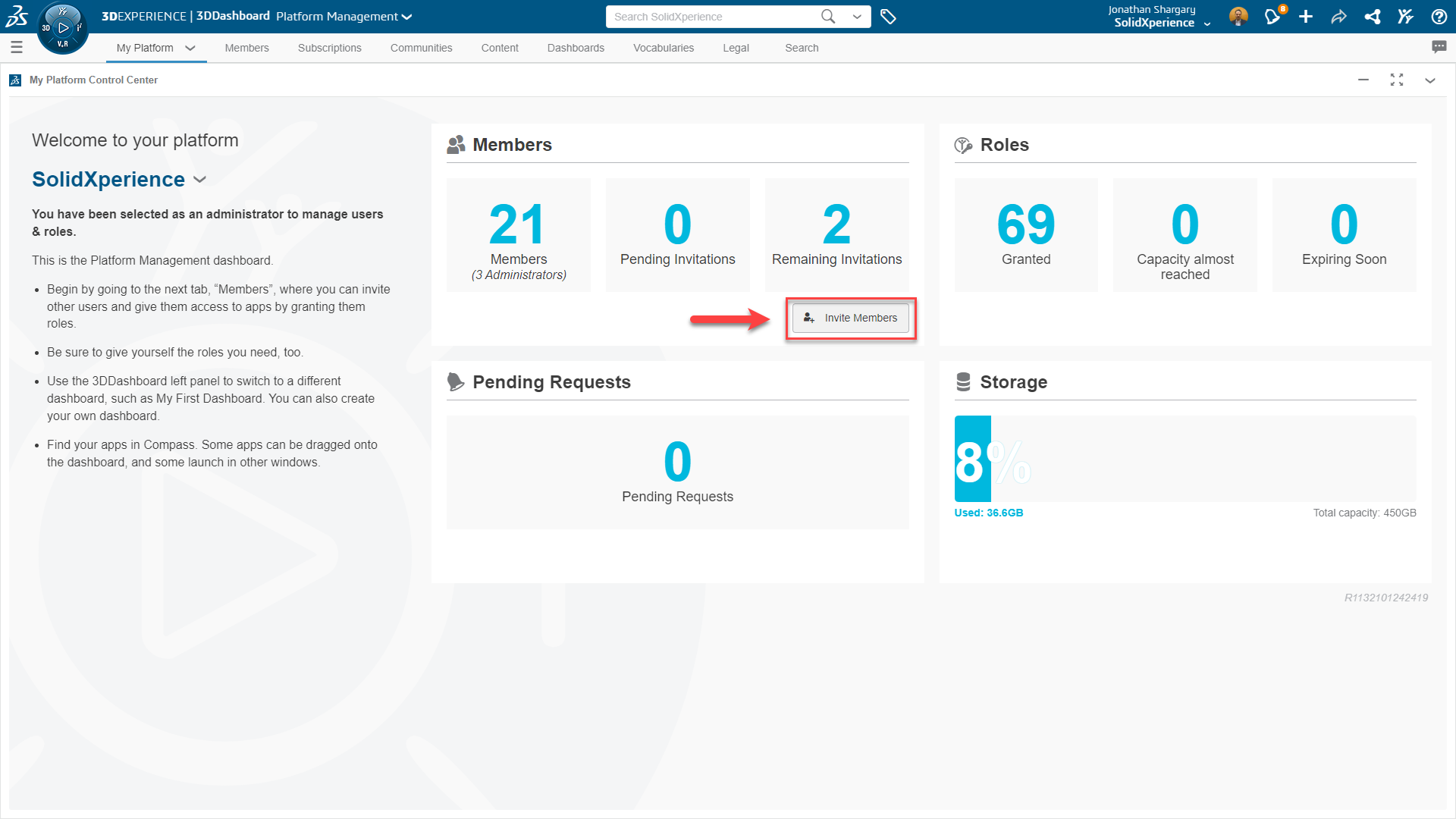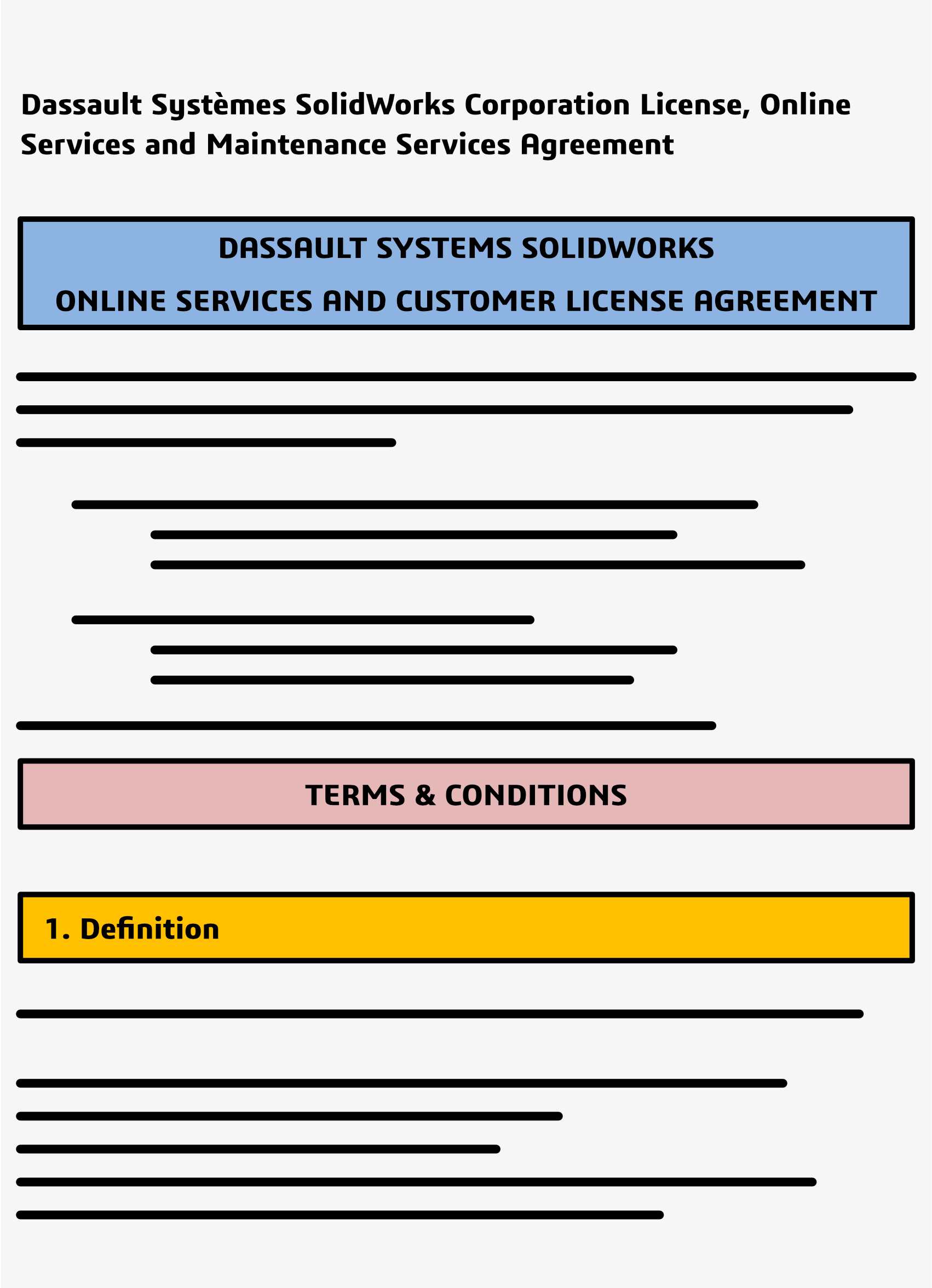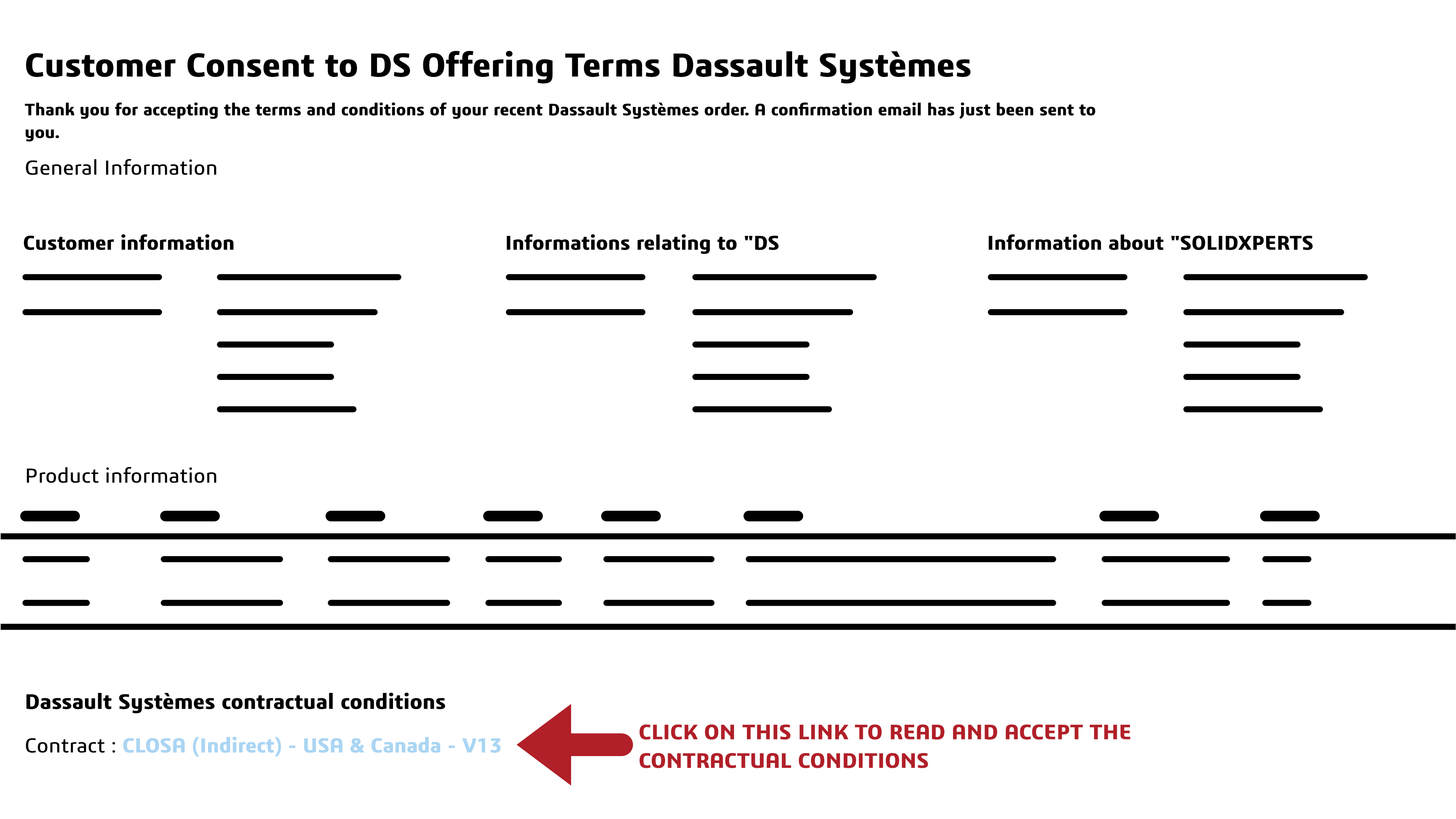The ability to quickly iterate designs and produce high-quality prototypes can be the difference between successful product launches and falling behind the competition. This is where Raise3D printers excel, revolutionizing the prototyping process with cutting-edge technology and user-centric features.
By offering a seamless blend of precision, flexibility, and efficiency, Raise3D printers empower designers and engineers to transform ideas into physical objects faster than ever before. Their advanced capabilities, such as independent dual extruders, auto bed leveling, and a uniform build area, not only optimize the printing process but also solve common challenges in prototyping.
Whether you’re working with standard materials like PLA and ABS or experimenting with more advanced filaments like carbon fiber composites, Raise3D printers provide a versatile solution that caters to diverse prototyping needs across industries.
What Makes Raise3D Printers Stand Out?
Raise3D printers excel with innovative design and high-quality performance, offering a stable printing platform equipped with innovative printing platform features like auto bed leveling and flexible build plates. Their uniform build area ensures precise results across various materials, including PLA, ABS, PETG, and carbon fiber composites, allowing for consistent layer accuracy even in complex designs.
The platform’s advanced features address common printing challenges such as uneven heating and poor adhesion, preventing issues like warping or layer shifting. This helps deliver smoother, higher-quality print results with fewer manual adjustments, creating a more stable printing process overall.
How Does Raise3D Improve Rapid Prototyping?
By combining robust hardware with user-centric enhancements, Raise3D not only optimizes the printing experience but also makes it accessible for users at all skill levels. This reliability in prototyping accelerates the development process, enabling designers and engineers to achieve top-quality prototypes efficiently.
Taking a look at specifics, Raise3D’s independent dual extruders allow users to print with multiple filaments simultaneously, such as TPU and nylon, or even water-soluble support materials like PVA. This capability supports the rapid prototyping cycle by enabling quicker production of complex parts with minor surface contour changes.
Additionally, the incorporation of Ethernet connectivity enhances communication and data transfer, which can further streamline the agile development cycle, accelerating testing phases and helping to bring ideas to life faster.
What are the key features of Raise3D printers?
Raise3D printers boast advanced features like dual extrusion, a sizable build volume, and a sturdy frame. They offer high precision, compatibility with various filaments, and user-friendly interfaces. These qualities make Raise3D printers ideal for professionals seeking top-notch prototyping capabilities.
Why Is a Flexible Build Plate Important?
A flexible build plate is essential for reducing the risk of potential print damage during part removal. Raise3D printers come with flexible build plates that make it easier to remove final print jobs without the need for tools, resulting in a smoother and easier experience. Additionally, improved bed adhesion ensures that the first layer stays in place, preventing common printing problems like warping or lifting.
Advanced Extruders: Independent and Modular
Raise3D’s extruder technology takes the printing process to another level with both independent dual extruders and series dual extruder configurations. These independent modular extruders can print with a variety of filaments, including PC and ASA, offering versatility in material choices. The front cover of the extruder is also easily accessible for replacement of components or regular scheduled interventions, ensuring an efficient maintenance process.
Raise3D’s Printing Platform: Stability and Versatility
Raise3D’s lineup, including models like the Pro2, Pro3, and E2, offers printing platforms designed for stability and versatility, catering to various prototyping needs. Each model features a uniform build area, providing more stable performance and a consistent foundation across different project sizes. For instance, the Pro3 Plus boasts a spacious build volume of 12x12x23.8 inches, making it ideal for larger industrial parts, while still maintaining the precision required for intricate desktop models.
Does Raise3D’s Auto Bed Leveling Improve Print Quality?
Auto bed leveling (ABL) is a significant advantage for any 3D printer, and Raise3D’s auto bed leveling technology ensures that the print nozzles maintain the correct distance from the printing platform throughout the job. This prevents uneven printing and enhances the accuracy of the surface contour changes. As a result, users achieve better overall print quality and a more efficient process.
All models come with auto bed leveling and flexible build plates, ensuring excellent bed adhesion and reducing warping across various materials, from ABS and PETG to flexible filaments like TPU. This versatility allows Raise3D printers to support applications ranging from small-scale prototyping to producing full-sized functional parts.
Power Loss Recovery for Uninterrupted Workflow
These printers are equipped with a power loss recovery feature that ensures continuity even during unexpected power outages. This capability allows the printer to resume from the last point in the print job, minimizing wasted materials and time. It is a crucial feature that supports a seamless workflow in an agile development cycle.
Printing Various Materials
The hot end of Raise3D printers is engineered to handle a range of filament types, from flexible TPE to durable carbon fiber composites. Its high-temperature capabilities enable the printing of specialized materials like nylon, enhancing the scope of rapid prototyping applications. This adaptability is crucial for projects that require different material properties in a single prototype.
Ensuring Quality with Efficient Maintenance
To maintain high printing standards without constant management, Raise3D printers are designed to keep maintenance simple, efficient, and easy. The replacement of components, such as print nozzles, can be done with minimal effort, and regular scheduled interventions help to avoid any potential print damage.
Navigating Common Printing Problems with Raise3D Solutions
Raise3D printers effectively address common printing issues like poor bed adhesion, warping, and uneven prints with advanced features designed for reliability. The flexible build plate allows for easy removal of finished parts while minimizing potential print damage. Auto bed leveling ensures the print nozzles stay correctly aligned with the printing surface, preventing layer shifts and enhancing print accuracy. Additionally, Raise3D’s heated build platform helps maintain consistent temperatures across the print bed, further reducing the risk of warping. These features work together to deliver a smoother, more reliable printing experience with fewer interruptions and consistently high-quality results.
Conclusion: Empowering Agile Development Cycles
Raise3D printers accelerate the rapid prototyping cycle and streamline the printing process for a better overall experience with their advanced extruder technology, auto bed leveling, power loss recovery, and versatile material compatibility. A valuable tool for any business engaged in agile development, Raise3D printers offer users an easier printing experience, better print results, and the right solution for truly agile prototyping.
Expand your 3D printing capabilities or take your first steps into additive manufacturing with confidence.
Any questions? Need help? Ask one of our experts.
Whether you’re ready to get started or just have a few more questions, you can contact us toll-free:

